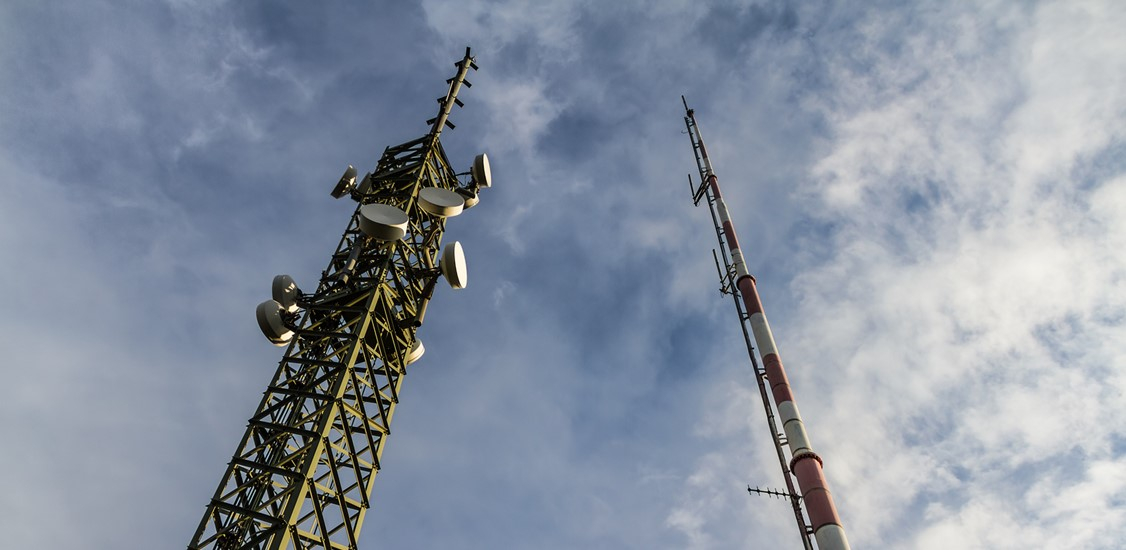High-speed broadband access has become an essential lifeline in our day-to-day lives. Across the globe, people rely on broadband access to run businesses, carry out remote work and schooling, and stay connected with friends and loved ones through social media.
And while broadband’s power is evident, there still exists a significant portion of the population that does not have access to it. Even in a developed nation like the United States, the Federal Communications Commission reports that while 96% of Americans in urban areas have access to high-speed fixed service, only 65% have the same access in rural parts of the country.
COVID-19 and the Digital Divide
The urban/rural digital divide didn’t emerge just this year. It has been growing as long as communications technologies have existed – with certain populations having easier and more available access than others to services such as reliable broadband. But COVID-19 has pushed us over the edge. The pandemic has exacerbated the issue with more people relying on technology to work-from-home, learn-from-home and even attend virtual doctor’s appointments. Overnight, people’s lives shifted online. In fact, OpenVault found that broadband consumption at the end of Q1 2020 increased 47% compared to the same time last year, accelerating expected broadband consumption by nearly one year. But not everyone has been able to make the switch so seamlessly.
In remote and rural areas, there just are not enough people to justify the cost and time required to delivering fixed fiber or cable services – trenching roads and laying fiber or HFC networks to every house. Instead, operators have been waiting for a more cost-effective option that can still deliver reliable, high-performance broadband.
New Kid on the Block: 5G mmWave
5G fixed wireless is set to change all of that given its performance compared to fixed broadband – along with the potential to reach a lot more people, especially in rural areas. More specifically, 5G mmWave is being harnessed to do just that, with serious potential to disrupt the market.
Up until now, mmWave has typically only been used in narrow use-cases over short distances, such as between a cell tower and an office building a short distance away, for example. That’s no longer the case. Advancements in 5G mmWave technology is creating consumer broadband alternatives with capabilities never seen before. The latest generation of fixed wireless access devices are capable of delivering broadband services to homes and buildings almost anywhere. And they’re delivering gigabit speeds along the way.
Traditionally, fixed wireless devices haven’t always been easy to install, and getting antennas properly aligned to the signal can take significant time and require expert technicians, which increases the Total Cost of Ownership (TCO). However, recent field tests are extending the limits of 5G mmWave, demonstrating its performance and reliability over extended distances up to 6.5 km. In addition, mmWave devices that auto-align and scan for the optimal mmWave directionality have been launched - decreasing TCO and improving system performance.
Broadband for All
The clear endgame for 5G mmWave is the potential to deliver fixed wireless broadband services to more customers. That includes remote and rural locations, given it can be deployed quickly and cost-effectively using cutting-edge wireless technology.
And, just as it happened on the fixed broadband side, eventually 5G mmWave devices will be simplified to the point where operators can mail an indoor 5G mmWave device directly to customers homes and have them self-install it, eliminating the costly truck roll – a real game changer.
5G mmWave could also help to quickly bring new broadband options and competition to markets. Right now, urban areas usually have a few broadband options, but some suburban and rural locations typically have just one or none. 5G mmWave could change all that with a few emerging go-to-market options:
Existing broadband providers could use 5G mmWave devices as a way to complement current fixed networks; or offer service in adjacent/new areas where fixed broadband doesn’t already exist or there is limited competition.
Entirely new disruptive competitors emerge, overlaying the market using 5G mmWave as opposed to building out a fixed network from scratch. These new competitors could then selectively offer service to customers who are interested.
With broadband access more important than ever, governments are working to close the digital divide and make sure their citizens have the technology needed to be productive in this “new normal.” They are looking to incentivize the behavior of operators to connect citizens and give people a range of tech solutions to do so.
For example, the Canadian government has established an initiative called the Broadband Fund which seeks to improve infrastructure to provide fixed and mobile wireless broadband internet access across the country, especially for those in rural areas. 5G mmWave presents a powerful new way to connect more people wirelessly, and more quickly than ever before, providing just the boost that countries like Canada or others need to make their goal of connecting its population a reality.
As broadband becomes even more essential, closing the digital divide is an imperative and 5G mmWave finally has the performance, distance and reliability to make 5G fixed wireless access a real broadband option for people in remote and rural locations to dense urban areas.




















